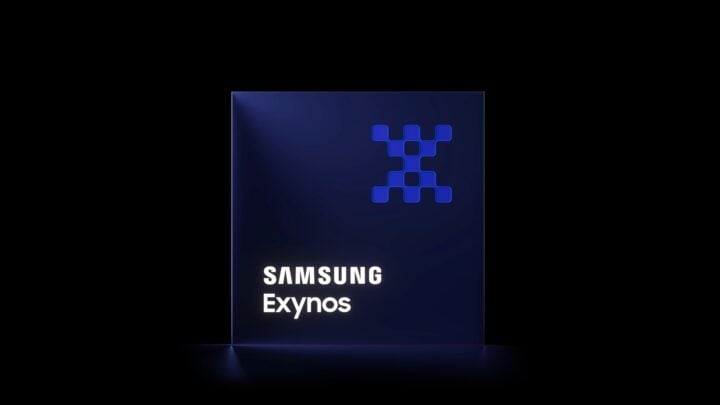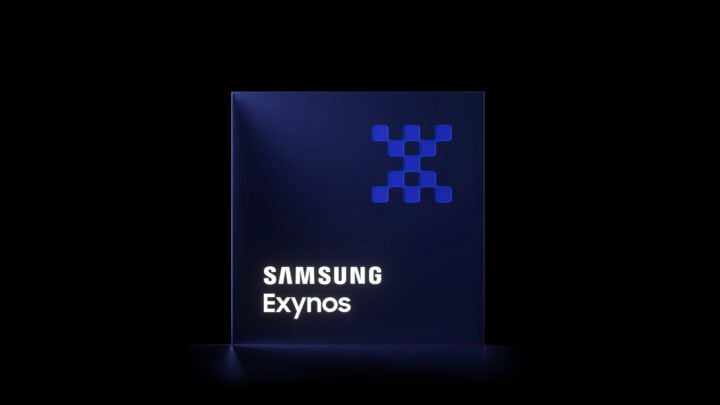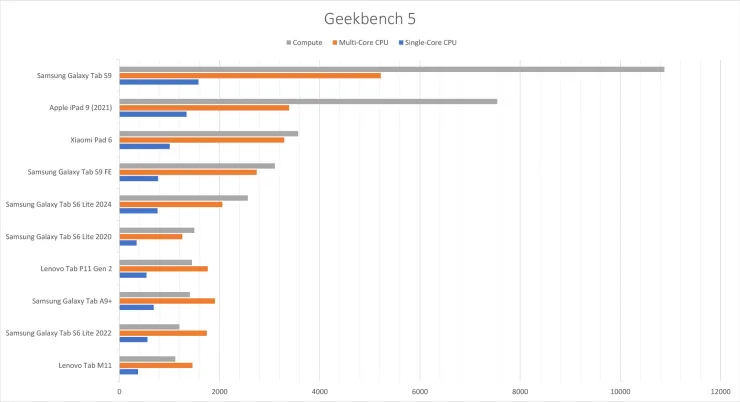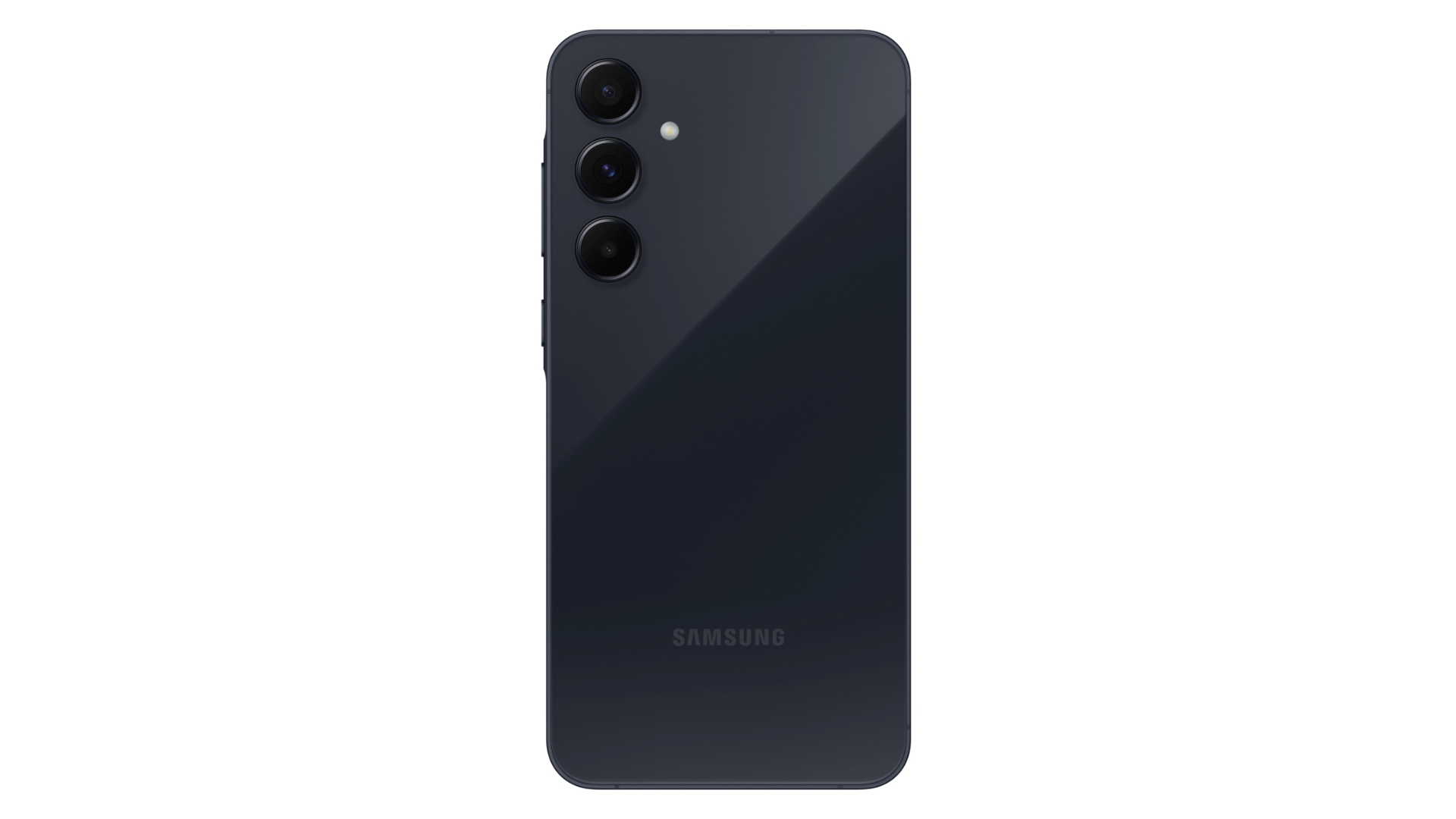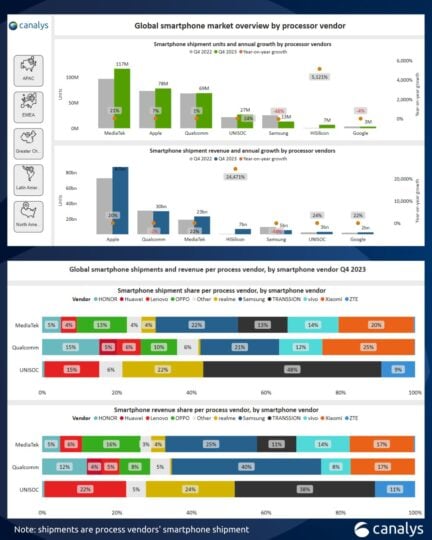[ad_1]
después El Exynos 2200 es decepcionante Chip, la división de teléfonos inteligentes de Samsung Decidí usar Snapdragon 8 Gen 2 El chip es exclusivo del Galaxy S23. Con el Galaxy S24, el chip Exynos está de vuelta y resulta ser un buen chip. Con el próximo chip Exynos líder, diseñado para Galaxia S25Samsung pretende igualar la eficiencia de los chips Snapdragon.
Según los informes, el chipset Exynos 2500 de 3 nm ha sido confirmado para el Galaxy S25
Nuevo informe de Editorial surcoreana Business Korea Samsung afirma que equipará el Galaxy S25 con Exynos 2500 Curador. Estos nuevos chips se fabricarán fundición Samsung Nodo de proceso de segunda generación (SF3) de 3 nm. Recientemente, Samsung anunció esto trabajé con un resumenuna empresa global de automatización de diseño electrónico (EDA), para mejorar la eficiencia energética de un chip de 3 nm.
Sin embargo, el Exynos 2500 no será el primer chip de 3 nm de Samsung. Chip Exynos W1000 El Galaxy Watch 7 será el primer chip de 3 nm de la compañía en julio de 2024.
Samsung Foundry es la primera empresa en comenzar la producción en masa de chips de 3 nm utilizando una nueva arquitectura de transistores llamada Gate Allaround (GAA). Esta nueva estructura reduce las fugas de energía y aumenta la corriente del motor, lo que resulta en una mejor eficiencia energética y una reducción del calor. En comparación, otros conjuntos de chips de 3 nm, p. El chip M4 del nuevo iPad Pro de Applese fabrican utilizando el proceso de 3 nm de TSMC, que utiliza la arquitectura FinFET más antigua.
Mire nuestra comparación entre el Galaxy S24+ con el chip Exynos 2400 y el Galaxy S24 Ultra con el chip Snapdragon 8 Gen 3 para Galaxy, en el vídeo a continuación.
Después de la prueba El Exynos 2400 es bastante potente El chip es eficiente y es una mejora significativa con respecto a los conjuntos de chips Exynos de la generación anterior. La confianza de Samsung en los conjuntos de chips Exynos ha mejorado. Por ello, la compañía ha decidido seguir adelante con el procesador Exynos 2500 para algunas de las unidades Galaxy S25 y Galaxy S25+. Es probable que el Galaxy S25 Ultra siga utilizando el procesador Snapdragon 8 Gen 4.
¿Qué esperar del Galaxy S25?
Se espera que el Galaxy S25 tenga un diseño completamente nuevo, una calidad de cámara mejorada y una mayor duración de la batería. El teléfono también puede incluir comunicación satelital bidireccional para comunicaciones de emergencia. Es probable que ejecute Android 15 One UI 7.1 de fábrica y obtenga actualizaciones importantes del sistema operativo Android durante siete años.
Es probable que se filtren más funciones del Galaxy S25 más cerca de la fecha de lanzamiento, que se espera que ocurra en enero de 2025.
[ad_2]
Source Article Link




